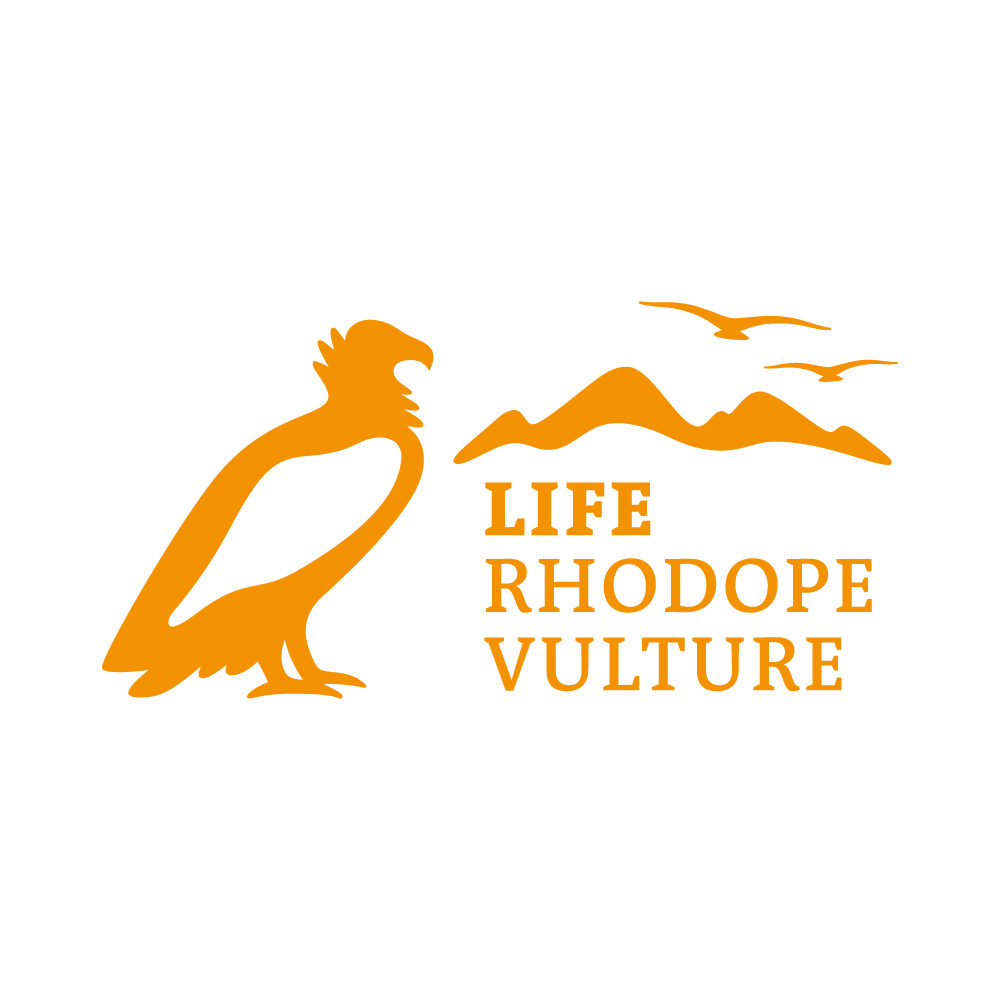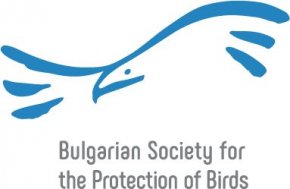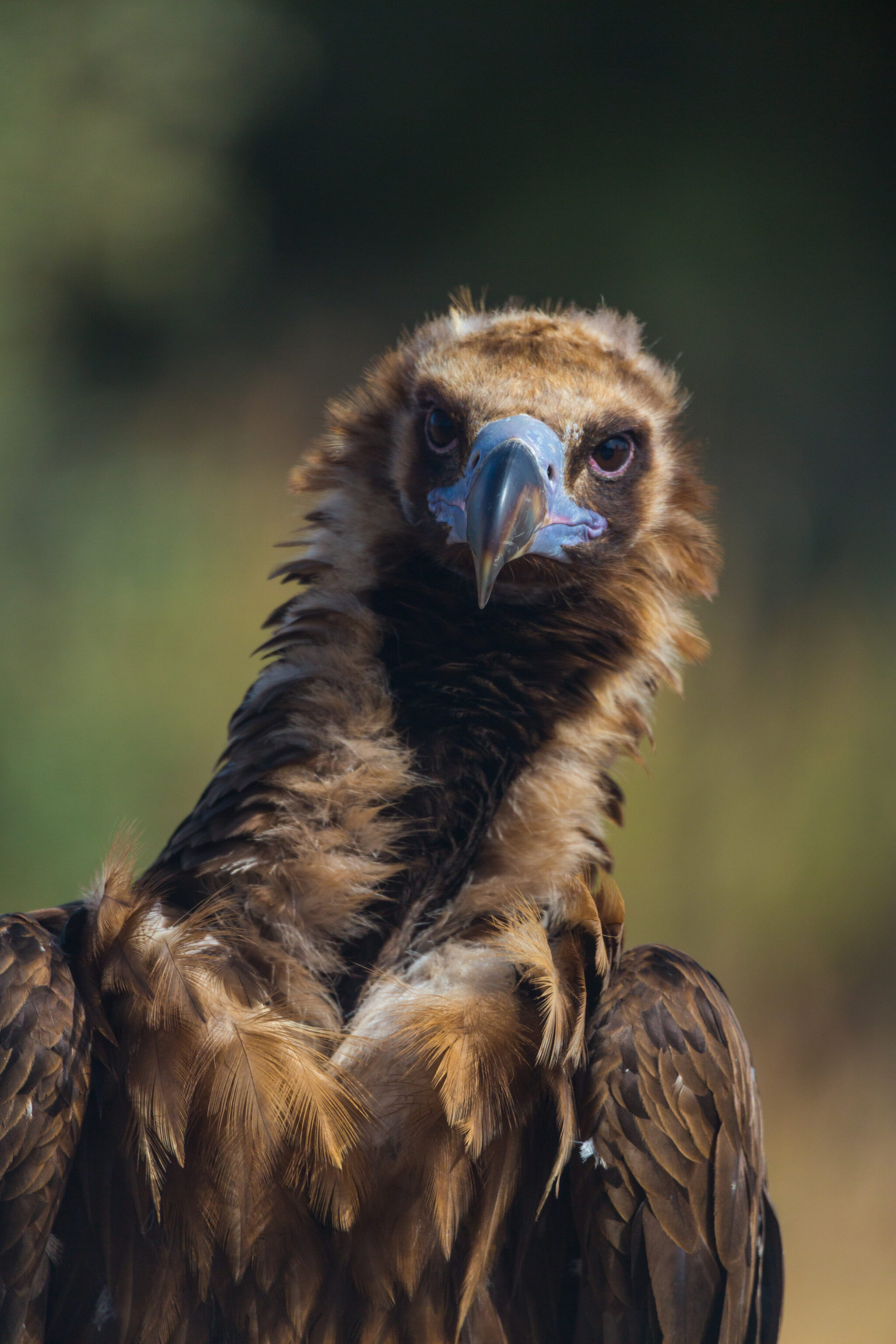
Coordinating beneficiary:

Acronym:
LIFE Rhodope Vulture
Reference code:
No. 101148254 — LIFE23-NAT-BG
Duration:
60 months
Total budget:
€ 4,160,118.27
EU contribution:
€ 3,120,052.80
The black vulture is one of the rarest birds in the Balkans. In the past, the species was widely distributed in Bulgaria, but it disappeared as a breeding species about 25 years ago. In the 1980s, several breeding pairs were recorded in the Eastern Rhodopes, with the last permanently nesting pair documented near the Studen Kladenets reservoir in 1993.
Greece is home to the last natural colony of black vultures in the Balkans. Their permanent residence is again in the Eastern Rhodopes but on Greek territory, within Dadia National Park. The “Kartali”—another name for black vultures—occasionally cross into Bulgaria, mainly in search of food. Although the colony consists of 35 pairs, its limited size and slow population growth mean that natural expansion is unlikely.
For this reason, in recent years, teams from the Bulgarian Society for the Protection of Birds (BSPB) and the Rewilding Rhodopes Foundation launched an initiative to bring the species back. In May 2022, the first 17 birds arrived, followed by two more groups of 13 birds in 2023 and two smaller groups in 2024 and in 2025. Currently, 23 birds are living freely in the wild.
Aims of the LIFE Rhodope Vulture Project
The main objective of the project “Restoration of the Cinereous vulture population and trophic chain in the Bulgarian-Greek cross-border region” is the restoration and conservation of the population of the black vulture (Aegypius monachus) in the transboundary region of the Rhodopes, located on both sides of the border of Bulgaria and Greece.
- Mitigation of Key Threats: Addressing critical dangers to the Cinereous vulture in the Rhodope Mountains, including poisoning, poaching, and collisions with energy infrastructure.
- Enhancing Food Availability: Expanding the natural food base for Cinereous vultures in the project area, which is vital for improving vulture populations in the region.
- Human-Wildlife Conflict Resolution: Preventing and mitigating conflicts between humans and wildlife, where vultures often become indirect victims on both sides of the border.
- Establishing a New Breeding Colony: Creating a new colony in the Bulgarian part of the Rhodopes and protecting the only existing breeding colony in the Dadia-Lefkimi-Soufli National Park in Greece.
- Preventing and Managing Forest Fires: Implementing measures to prevent and mitigate the impact of wildfires on critical habitats.
- Fostering Sustainable Economies: Supporting the development of sustainable economic practices that benefit both local communities and nature.
- Raising Awareness: Communicating and increasing public understanding of the vital ecological role of vultures.
Umbrella Species
Black vultures are considered as umbrella species. Their conservation will also substantially benefit other raptor species which share the same breeding and foraging habitats and main threats, especially susceptibility to poisoning. These species are indicators for healthy and intact natural habitats.

The only colony of the black vulture on the Balkans is located in the National Park of the Dadia-Soufli-Lefkimi forest (Dadia NP) in the Greek part of the Rhodope Mountains, about 25 km from the border with Bulgaria. At the end of the 60’s the population in the Dadia NP was already low with only 4–5 pairs and 26 individuals. Between 1987 and 1993 the population increased from 6 pairs to 20 pairs breeding only in the Dadia NP, which was the only breeding population in Greece. In the period 1994–2005 the population remained stable with 19±2 pairs, while since 2006 it increased to 28±. The largest number of breeding pairs that has been recorded during the last 5 years was 35 pairs.
Common and widespread in the past, the black vulture is nowadays considered as irregular breeder in Bulgaria. The last confirmed breeding occurred in 1993 in the territory of Studen Kladenets SPA and Eastern Rhodopes which are considered the last known breeding area of the species in Bulgaria.
Currently, the Bulgarian part of the Eastern Rhodopes is an important part of black vultures home range breeding in Dadia, but also a possible site where immature birds may settle and eventually breed.
Conservation status
The main target species of this project is the black (Cinereous) vulture (Aegypius monachus, Linnaeus, 1766). The black vulture is included in Annex I of the EU Birds Directive, Appendix II of the Convention on Migratory Species (CMS), Appendix II of the Convention on the Conservation of European Wildlife and Natural Habitats (Bern Convention), and in Appendix II of Convention on International Trade in Endangered Species of Wild Fauna and Flora (CITES). Black vulture is classified as Near Threatened (NT) in the IUCN Red List.